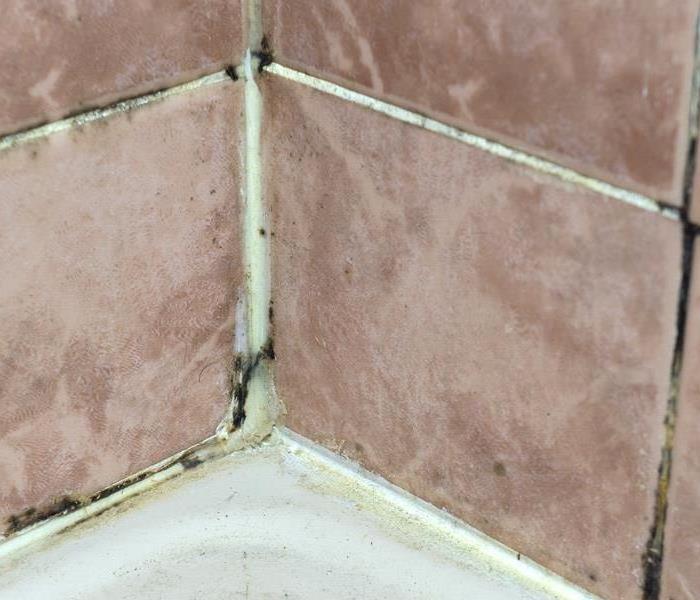Why You Need a Hygienist to Detect Mold in Your Home or Workplace
5/10/2023 (Permalink)
Mold growth in your home or workplace can cause problems if left unchecked. Mold spores can cause issues, so it's important to identify and remove mold as soon as possible. While some mold growth may be visible, other hidden mold can go undetected. This is why you may need a hygienist to check for mold. In this blog, we'll explore the reasons why a hygienist is necessary for mold detection.
What is a hygienist?
A hygienist is a professional who specializes in environmental health and safety. In the context of mold detection, a hygienist is trained to identify mold growth, assess the extent of the problem, and determine the best course of action to remediate the issue. They have the knowledge and expertise to evaluate indoor air quality, moisture levels, and ventilation systems.
Proper Identification
Not all mold is visible, and it can grow in hard-to-reach places. A hygienist has the necessary tools and expertise to detect mold growth that may be hidden from view. They use specialized equipment such as thermal imaging cameras, moisture meters, and air samplers to identify mold growth accurately.
Objective Assessment
A hygienist can provide an objective assessment of the extent of the mold problem. They can identify the type of mold present and determine the potential risks associated with it. This information can help you understand the severity of the problem and make informed decisions about the remediation process.
Remediation Plan
A hygienist can provide a detailed remediation plan that outlines the steps required to remove the mold safely and effectively. This plan will include the type of cleaning and disinfection required, the necessary protective gear for the workers, and the disposal of contaminated materials.
Clearance Testing
After the mold remediation process is complete, a hygienist can conduct clearance testing to ensure that the mold has been properly removed. Clearance testing involves air and surface sampling to confirm that mold spores are no longer present.
In conclusion, mold growth can cause serious issues if not addressed properly, and it's important to identify and remove it as soon as possible. A hygienist is necessary for mold detection because they have the expertise and tools to accurately identify mold growth, provide an objective assessment of the problem, develop a remediation plan, and conduct clearance testing. If you suspect mold growth in your home or workplace, it's essential to hire a certified hygienist to ensure that the mold is properly identified and removed.



 24/7 Emergency Service
24/7 Emergency Service
